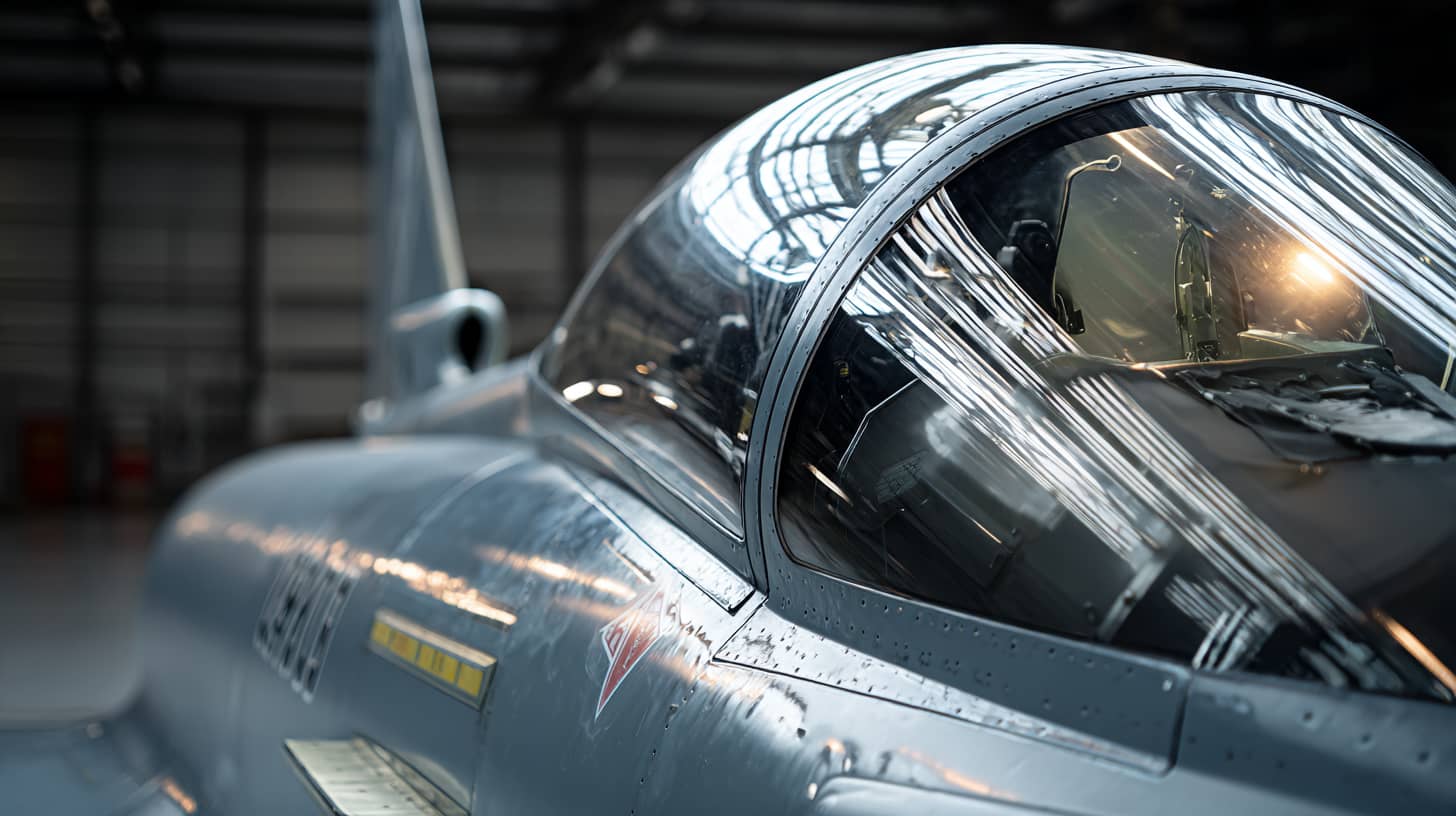The invisible revolution in the sky
What happens when state-of-the-art surface technology can make the difference between life and death? Welcome to the world of stealth coatings. This is where materials science and military necessity merge to create technologies that make fighter jets virtually invisible to radar systems.
Military aircraft coating is more than just paint. It is a complex system of conductive materials, absorption layers and structural elements. Every surface is a technical precision job.
How does radar invisibility work?
Radar signals hit aircraft surfaces and reflect back to the transmitter. Conventional metal skins act like mirrors - perfectly visible to enemy systems. Stealth technology fundamentally breaks this principle.
fighter jet surface protection uses radar-absorbing materials. These coatings convert electromagnetic energy into heat instead of reflecting it. The result: drastically reduced radar signature.
Aerospace coating specialist teams develop multilayer systems. Metallic nanoparticles, dielectric layers and structured surfaces work together. Each layer fulfills specific functions in different frequency ranges.
Precision at molecular level
Modern stealth coatings achieve nanometer-precise layer thicknesses. Even minimal deviations can drastically impair radar absorption. Quality control Surface protection is therefore carried out to the highest scientific standards.
Surface Analysis Service uses spectroscopic methods for monitoring. Every area of the fighter jet is measured with millimeter precision. Coating inspection service takes place in special shielded hangars.
Certified coaters go through years of training. Military clearance procedures are just the beginning. The real challenge lies in technical perfection under extreme conditions.
Extreme requirements demand innovative solutions
Fighter jets operate under conditions that go beyond civilian applications. Supersonic speed, extreme G-forces and temperature fluctuations from minus 60 to plus 400 degrees Celsius. Normal coatings would fail within minutes.
Military aircraft coating must fulfill several functions simultaneously. Radar absorption, corrosion protection, UV resistance and mechanical resistance. There are also requirements for infrared attenuation for heat-seeking missiles.
Coating system planning takes aerodynamic properties into account. Every surface structure influences air currents. Stealth properties must not be at the expense of flight performance.
Technology transfer to civilian areas
What is developed for fighter jets revolutionizes other industries. Aviation coating expert know-how flows into civil aviation coating service projects. Commercial aircraft benefit from weather-resistant systems.
Aircraft coating service providers adapt military quality standards. Precision measurements and material analyses reach new dimensions. Aircraft painting companies rely on proven military technologies.
Particularly interesting: Radar-absorbing materials are used in communications technology. Hangar coating companies use them for electromagnetic shielding. Test aircraft paintwork benefits from stealth findings.
Maintenance under secrecy
How do you maintain coatings that are secret? MRO coating service for military aircraft takes place in special security areas. Every work step is documented and monitored.
Paint damage repair service must meet the highest safety standards. Coating analysis laboratory working with classified materials. Surface inspection service providers require military clearance.
Coating maintenance Service is carried out at shorter intervals than for civil aircraft. Every mission can damage surfaces. Preventive maintenance prevents compromise of stealth characteristics.
Innovation through military necessity
Military requirements drive technical development. What protects fighter jets today will set civilian standards tomorrow. Aerospace coating technologies flow into all areas of surface technology.
Industrial coating contract projects adopt precision standards. Corrosion protection service providers use military test procedures. Professional painting service reaches new quality dimensions.
The future of invisible surfaces
Next generations of stealth coatings will be even more sophisticated. Adaptive systems adjust properties to threat situations. Self-repairing surfaces reduce maintenance costs.
Quantum technologies enable completely new approaches. Metamaterials manipulate electromagnetic waves in a targeted manner. The boundary between science fiction and reality is becoming blurred.
Coating expert teams are already working on revolutionary concepts. Programmable surfaces that change their properties via software. Coatings that communicate with sensor networks.
The Eurofighter Typhoon shows today what will be standard tomorrow. Invisibility is just the beginning of a revolution that will affect all areas of surface technology. What starts in the sky will eventually end up in the civilian industry.
